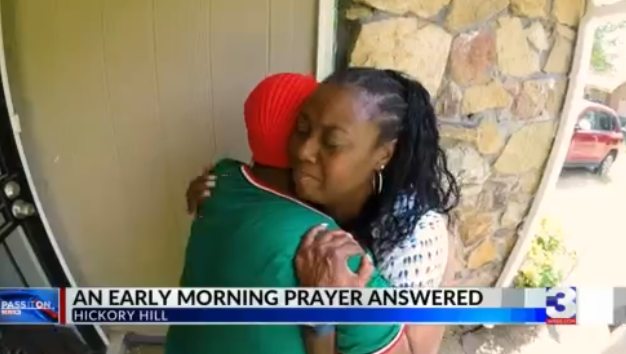You might want to reconsider your Valentine’s Day plans this year: A superior gift is about to go on sale, and it came all the way from space.
British auction house Christie’s is soon to open online bidding on a heart-shaped meteorite, one that plummeted to Earth over Siberia in 1947.
According to Christie’s, the meteorite once belonged to a colossal mass of iron that split from the asteroid belt 320 million years ago. It penetrated the Earth’s atmosphere on Feb. 12, 1947, shattering into smaller meteorites and blazing over Siberia’s Sikhote-Alin Mountains in a fireball “brighter than the sun.”
Windows shattered, chimneys disintegrated and trees were ripped from the ground by the shock waves resulting from the explosion of the iron mass, while sonic booms reverberated nearly 200 miles away. A 20-mile smoke trail hung in the sky, while the meteorites that split apart from the main body produced almost 200 craters, some up to 85 feet wide, the auction house said on its website.
Not all of the Sikhote-Alin meteorites are as desirable as the heart-shaped artifact up for auction, Christie’s says. Those that broke away from the main mass when it exploded close to the ground are “jagged and twisted,” more like shrapnel than a romantically shaped paperweight. But the “Heart of Space,” as Christie’s terms it, probably split apart at a far higher altitude. As a result, it’s somewhat more aerodynamic, and puckered with indentations known as regmaglypts.
Sarah Crowther, from the University of Manchester’s School of Earth and Environmental Sciences, told CNN that the specimen belongs to an uncommon group of iron meteorites known as IIAB. “There are currently 134 type IIAB iron meteorites, out of a total of over 60,000 known meteorites, so this type is fairly rare,” Crowther said.
“The price does seem high for an iron meteorite,” she added. Other fragments of the same meteorite retail for far less: “In the range of $1-$4 per gram,” she said, “whereas even the lower end of the estimated price range for this is almost $30 per gram.” What’s responsible for the high value of the meteorite? “The shape, the regmaglypts and the size of the sample,” Crowther said.
Bids open on the meteorite, obtained from New York’s Macovich Collection of Meteorites, on Feb. 6 and conveniently close on Feb. 14. It’s a slightly bigger commitment than a heart-shaped box of chocolates, however: The auction house expects it to sell for somewhere between $300,000 and $500,000.
If Valentine’s Day is really about conspicuous displays of affection (and wealth), what better way to do it?























